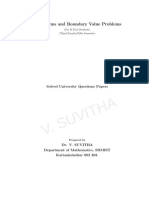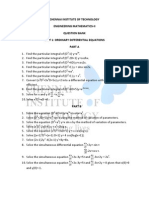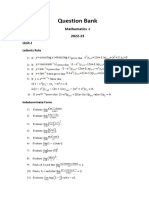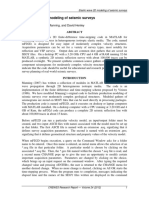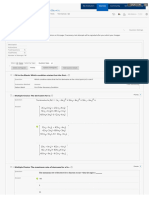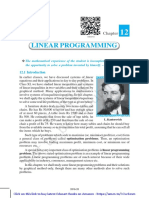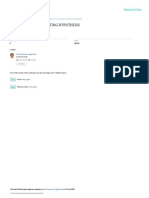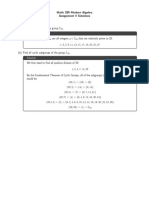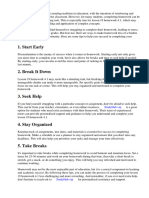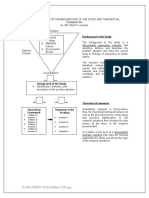0% found this document useful (0 votes)
107 views7 pagesProblem Set M-2
The document contains 30 questions related to solving ordinary differential equations. The questions cover topics like first order differential equations, second order linear differential equations, simultaneous differential equations, power series solutions, Bessel functions, and partial differential equations. The questions are from three units - the first unit covers first order differential equations, the second unit covers methods of solving second order linear differential equations, and the third unit covers partial differential equations.
Uploaded by
Priyanshu RaghuwanshiCopyright
© © All Rights Reserved
We take content rights seriously. If you suspect this is your content, claim it here.
Available Formats
Download as PDF, TXT or read online on Scribd
0% found this document useful (0 votes)
107 views7 pagesProblem Set M-2
The document contains 30 questions related to solving ordinary differential equations. The questions cover topics like first order differential equations, second order linear differential equations, simultaneous differential equations, power series solutions, Bessel functions, and partial differential equations. The questions are from three units - the first unit covers first order differential equations, the second unit covers methods of solving second order linear differential equations, and the third unit covers partial differential equations.
Uploaded by
Priyanshu RaghuwanshiCopyright
© © All Rights Reserved
We take content rights seriously. If you suspect this is your content, claim it here.
Available Formats
Download as PDF, TXT or read online on Scribd
/ 7

